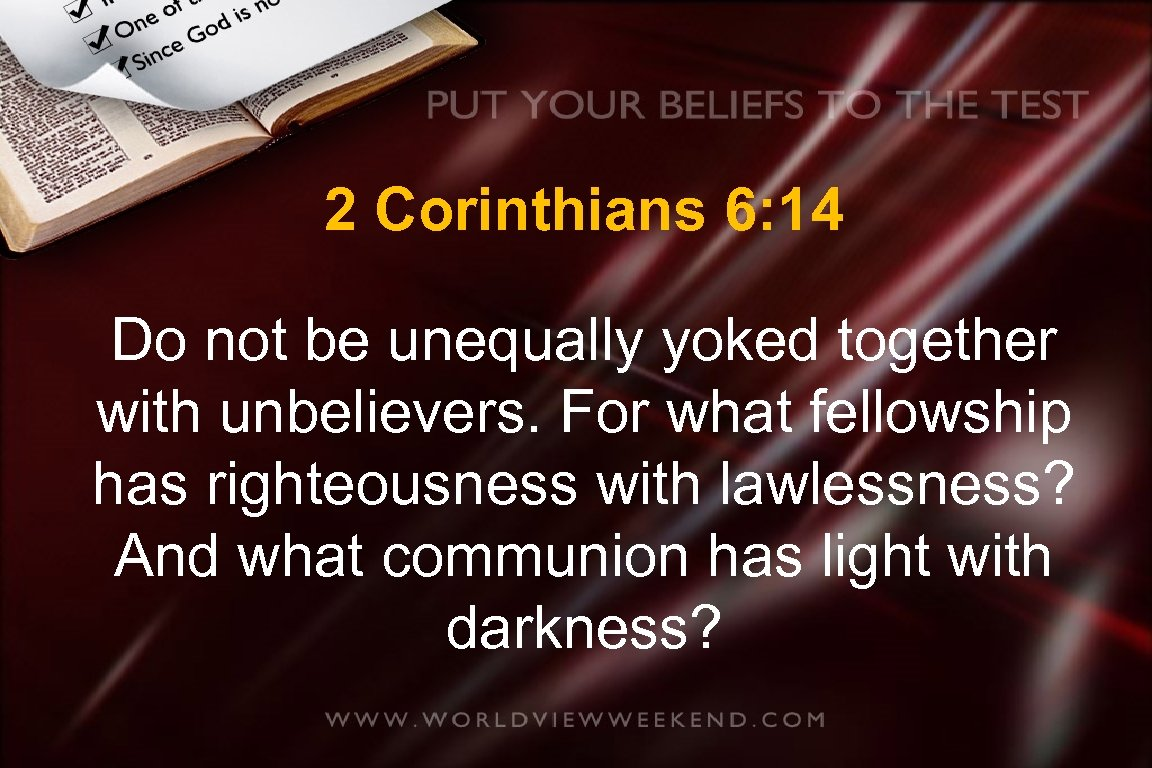UN LESSON PLANS TEACH KIDS TO GET CIVILIANS TO “TURN IN GUNS”
republished below in full unedited for informational, educational, and research purposes:
The United Nations (UN) is offering lesson plans for teaching
American and Canadian children about the benefits of civilian
disarmament and to familarize them with “the process by which the
international community, regional organizations, and the UN encourage
the practice of disarmament.”
Over the course of six lessons,
teachers using the “Disarmament Education Programme” prepared by the
United Nations Association in Canada will indoctrinate students to
accept the UN as a global government and an engine of peace with the
goal of creating a “world without weapons.”
The lesson titles should be enough to enrage every person who
recognizes that the first act of any would-be autocrat is to disarm the
people they intend to command.
Lesson One serves as an introduction to the topic, informing North
American schoolchildren that weapons lead to violence and that this
gun-related violence leads to “human and environmental destruction”
(there they go again surreptitiously packaging the Agenda 21 agenda into
another program), and this destruction “affects everyone regardless of
race, age, nationality, or gender.”
During the second class period devoted to Lesson One, kids are
instructed that in order to end the violence, they must cooperate in
“creating a culture of change at local, national, and global levels.”
They must begin immediately to “analyze cultural messages and the
prevalence of armament in our society” so that they may begin to
identify allies who will join them in “working toward disarmament.”
In Lesson Two, the drilling on the glory of disarmament gets so much worse.
The lesson plan for this section challenges the students to “analyze
the rationale for gun ownership.” Once they’ve investigated this issue,
they are to identify “successes and challenges in the campaign to ban
small arms and light weapons.”
Yes, it really says that, and that’s not nearly the end.
Next, the kids are tasked with learning their nation’s gun control
laws and proposing ways that “individuals, groups, and institutions” can
change those laws in ways that advance the aim of complete civilian
disarmament.
Students are told that “one person dies per minute” as a victim of gun violence.
The types of weapons that must be seized in order to secure global
peace are then listed for the students: revolvers and self-loading
pistols, rifles and carbines, sub-machine guns, assault rifles, and
light machine guns.
Why, the UN asks the students, must the listed weapons be outlawed for civilian ownership?
“Guns wound and kill individuals and serve as devices to frighten and
terrorize; it is very difficult to build and sustain progress when
people are fearful for their lives. As a result, countries that suffer
from gun violence are often stunted in development.”
Students, instructed as to the urgent need of ending the ability of
individuals to own small arms, are then informed as to “the reason[s]
for a person’s desire to own small arms”:
That list of reasons is taken verbatim from the UN’s disarmament lesson plans.
Since the desire to own guns is often complex, the kids must realize
that the solutions they propose “should address not only the guns
themselves, but the economic and social development of the country, as
well.”
In other words, disarm the people, make them dependent upon the
government for every aspect of human existence, and then the world will
be peaceful.
The final lesson, Lesson Five, is entitled “Road to Disarmament and
Non-Proliferation: A Human Security Approach,” and it is designed to
convince students that “human security” is the key to peace, and that
“human security” will only be achieved when they “put in place laws and
procedures to control … the production of small arms and light
weapons” and when they “ensure that good records are kept for as long as
possible on the manufacture, holding, and transfer of these weapons.”
Should national governments fail to enact these disarmament
solutions, then it may become necessary for the UN to “separate people
from their states.”
Finally, Lesson Five challenges the kids to come up with “ideas to
convince locals to turn in their weapons” and to “encourage the civilian
population to hand in … weapons, explosives, and ammunition.”
These lesson plans are no doubt to be implemented by teachers
sympathetic to the disarmament agenda, likely without the knowledge or
approval of local school boards. The students in these classes will be
unaware that they are being brainwashed, and their proclivity to put
faith in the words of their teachers will incline them to imbibe deeply
the draughts of disarmament being pumped into their classrooms.
